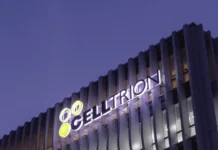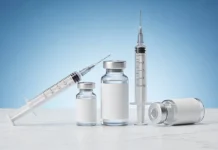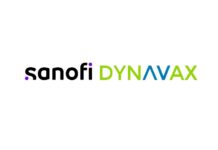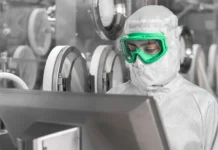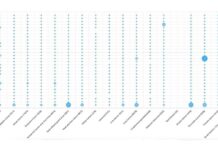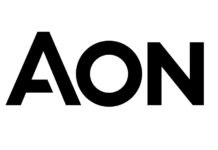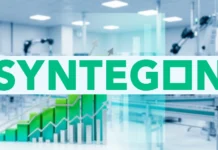Total spending on medicines in the U.S. reached $310 billion in 2015 on an estimated net price basis, up 8.5 percent from the previous year, according to a new report issued today by the IMS Institute for Healthcare Informatics. The surge of new medicines remained strong last year and demand for recently launched brands maintained historically high levels. The savings from branded medicines facing generic competition were relatively low in 2015, and the impact of price increases on brands was limited due to higher rebates and price concessions from manufacturers. Specialty drug spending reached $121 billion on a net price basis, up more than 15 percent from 2014.
The study柚edicines Use and Spending in the U.S.: A Review of 2015 and Outlook to 2020庸ound that longer-term trends continued to play out last year, driven by the Affordable Care Act and ongoing response to rising overall healthcare costs. Increasingly, healthcare is being delivered by different types of healthcare professionals and from different facilities, while patients face higher out-of-pocket costs and access barriers. The outlook for medicine spending through 2020 is for mid-single digit growth, driven by clusters of innovative treatments and offset by the rising impact of brands facing generic or biosimilar competition.
and convenience, such as urgent care centers and pharmacy in-store clinics, have grown by 115 percent in the past five years, and are part of an increasingly diverse set of healthcare facilities. The number of prescriptions written by Nurse Practitioners and Physician Assistants more than doubled over the past 5 years, reaching 676 million prescriptions in 2015.
2020 growth forecast. U.S. spending on medicines on a net price basis is expected to reach $370-400 billion in 2020, growing at a compound annual growth rate of 4-7 percent. This growth will reflect increased spending on innovative medicines, offset by lower spending on brands that will lose market exclusivity over the next five years. While brand price increases are expected to continue in the 10-12 percent range on an invoice basis, they will be significantly offset by rebates, discounts and other forms of price concessions. The prospects for additional innovative medicines becoming available for patients through 2020 are very bright. The late-phase pipeline holds 2,320 novel products, and an average 43-49 NASs are expected to be launched annually over the next five years.


